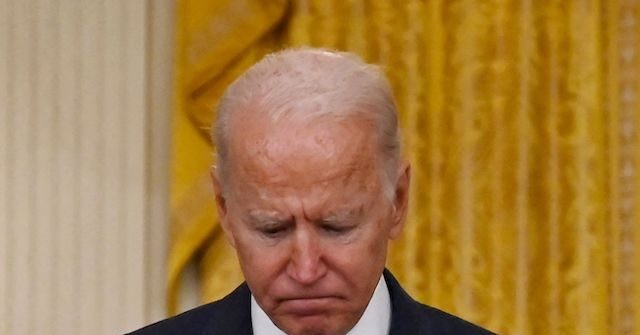In November, inflation surged at its fastest rate in four months, signaling an ongoing trend of rising prices. According to the Department of Labor, the consumer price index (CPI) increased by 2.7 percent year-over-year, while core inflation, excluding food and energy prices, rose 3.3 percent during the same period. These inflation figures aligned with the predictions made by economists from Econoday, indicating a consensus on the trajectory of inflationary pressures in the economy.
When comparing November’s data to the previous month, the broad index for consumer prices experienced an increase of 0.3 percent, the swiftest monthly inflation rate since March. If this monthly pace were sustained over the course of a year, it would translate into an annual price rise of approximately 3.8 percent. Core prices also climbed by 0.3 percent for the month, marking a significant acceleration in inflation that suggests underlying pressures in the economy that could influence consumer behavior and monetary policy decisions.
On the brighter side, consumer optimism has notably improved following the U.S. presidential election. Data from surveys conducted by the University of Michigan and the Conference Board indicate heightened consumer confidence. Furthermore, optimism among small businesses has reached a multi-year high, underscored by a significant increase in the outlook metric from the National Federation of Independent Business, which recorded its largest single-month gain ever in November. This boost in confidence could have implications for future consumer spending and, consequently, economic growth.
Despite the concerning rise in inflation, the Federal Reserve remains poised to cut interest rates in its upcoming meeting. Critics of the Fed’s decision to lower rates in September argue that it was premature and could exacerbate inflationary trends. However, the resilience of the labor market, evidenced by a stronger-than-expected job growth in November, may have contributed to a reconsideration of economic conditions. The Atlanta Fed’s real-time economic data suggests that the economy could be expanding at a robust rate of approximately 3.3 percent, indicating underlying strength in economic performance.
The ongoing inflationary pressures, coupled with increasing consumer and business optimism, presents a complicated picture for economic policymakers. The Federal Reserve’s challenge lies in balancing the need to stimulate growth through lower interest rates while addressing the inflationary risks that might undermine those gains. As the central bank navigates these dynamics in its upcoming meetings, the implications of its decisions could have lasting effects on the broader economic landscape.
In summary, with rising inflation rates and renewed optimism among consumers and small businesses, the economic environment in November presented both opportunities and challenges. The anticipated Federal Reserve interest rate cuts may bolster growth but could also intensify inflation, thus complicating the central bank’s policy direction. As the economic data unfolds, the interactions between inflation, consumer confidence, and labor market resilience will be crucial in shaping the future trajectory of U.S. economic policy.

